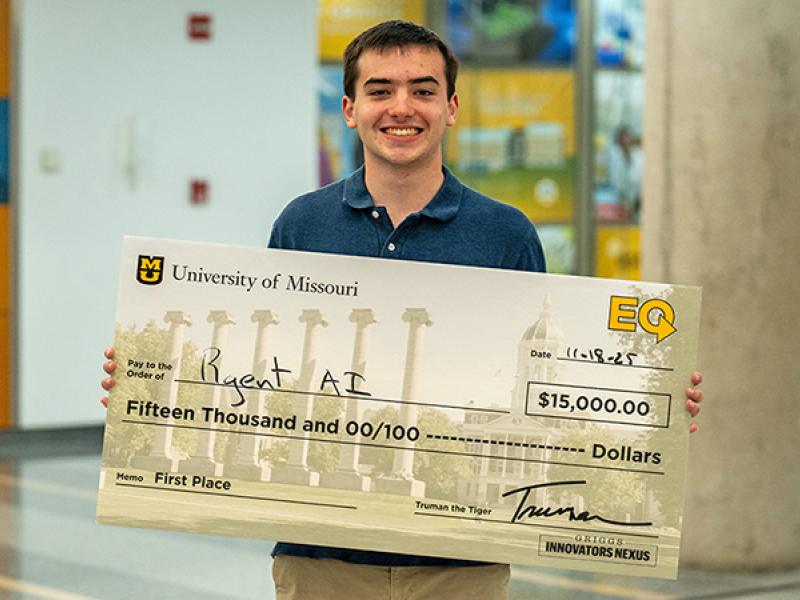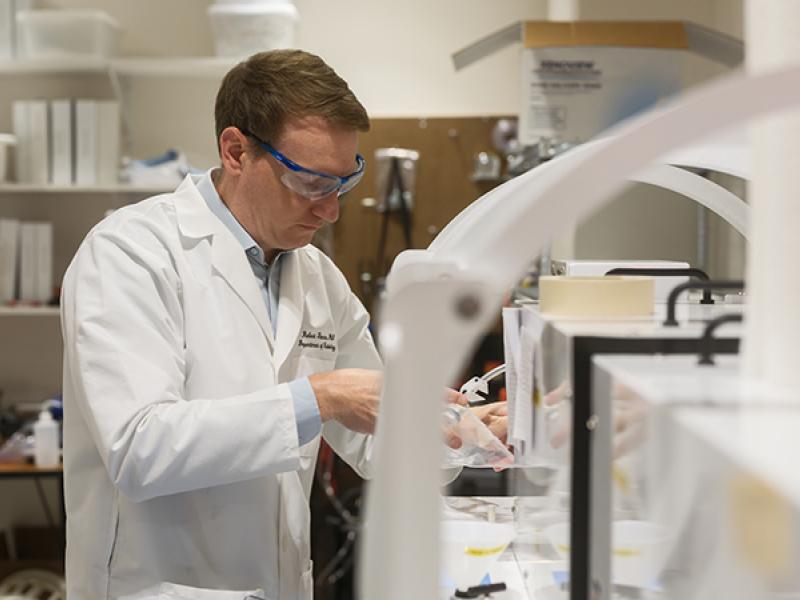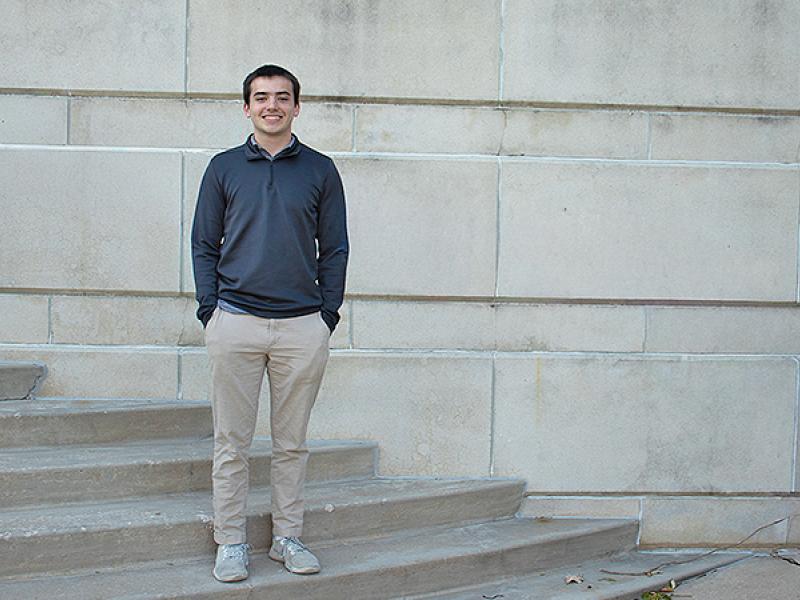The research interests of the Pulmonary Imaging Research Lab involve investigation of pulmonary structure-function relationships using various medical imaging modalities such as CT, proton MRI, and hyperpolarized noble gas MRI of the lung.
These studies are important so we can understand how lung architecture relates to pulmonary ventilation and gas-exchange, and the studies are also necessary for furthering development of treatments for various pulmonary conditions such as asthma, COPD, cystic fibrosis, bronchiolitic obliterans.
Hyperpolarized Gas MRI
One of the fundamental limitations of MRI is that a very small percentage of atomic nuclei actually participate in delivering a detectable NMR signal. The fraction of spins that participate in the NMR phenomenon is called “polarization,” and even at the very high magnetic fields of most clinical scanners, only a few spins per million contribute to the NMR signal (i.e., polarizations on order P~0.000001).
However, thanks to some clever spin exchanges techniques from atomic physics, the nuclear polarization of some noble gases (3He and 129Xe) can be dramatically increased in vitro to order of P~0.1 — nearly 100,000x higher. This increase in nuclear magnetic moment is so high that even these gases can be imaged in spite of their low volume density.
Further, because these are noble gases, they are chemically inert and can be safely inhaled by a patient in the MRI scanner. During a single breath hold, the gas can be imaged as it is distributed throughout the patient’s lungs, providing a picture of pulmonary function.
The role of pulmonary imaging in hyperpolarized gas MRI
Healthy lungs allow the gas to completely flood the lung interior with no spots left unfilled. If the lungs are not healthy, the hyperpolarized gas images demonstrate patches of the lungs where the gas cannot go. These are called ventilation defects and are a clear sign of compromised pulmonary function.
Hyperpolarized gas MRI can be used to investigate lung structure as well. For instance, emphysema is a pulmonary abnormality characterized by deterioration of alveoli and distal airways. If alveoli deteriorate, then gas can diffuse much more easily through the lungs than it could in healthy lungs. Using techniques from diffusion MRI, another exciting MRI research field, the actual gas diffusion at all points in the lung can be measured — high diffusion is bad, low diffusion is good. These are a few examples of the spectacular things hyperpolarized gas MRI can do to investigate, diagnose, and even aid in treatment of lungs.
HeartSpeed: Fast Cardiac MRIs with the Freedom to Breathe
A cardiac MRI generally involves nearly 20-30 individual heart image acquisitions during an approximately 10-15 second breath hold by the patient. In between each scan, the patient is allowed to catch his or her breath for the next scan. This process can be difficult for the patient but is necessary because cardiac MRI are very sensitive to breathing motion. The goal of the HeartSpeed project is to eliminate the need for breath holding and simply remove the breathing motion retroactively.
Publications
- UA Shammi, M Koch, TA Altes, W Hersman, I Ruset, J Mugler, C Meyer, J Mata, K Qing, RP Thomen. Comparison of Hyperpolarized 3He and 129Xe MR Imaging in Cystic Fibrosis Patients. In press Academic Radiology Jan 2021.







